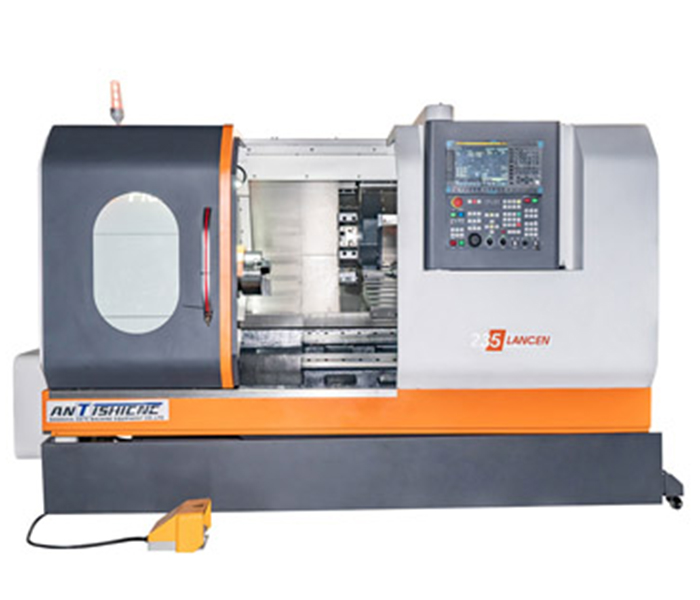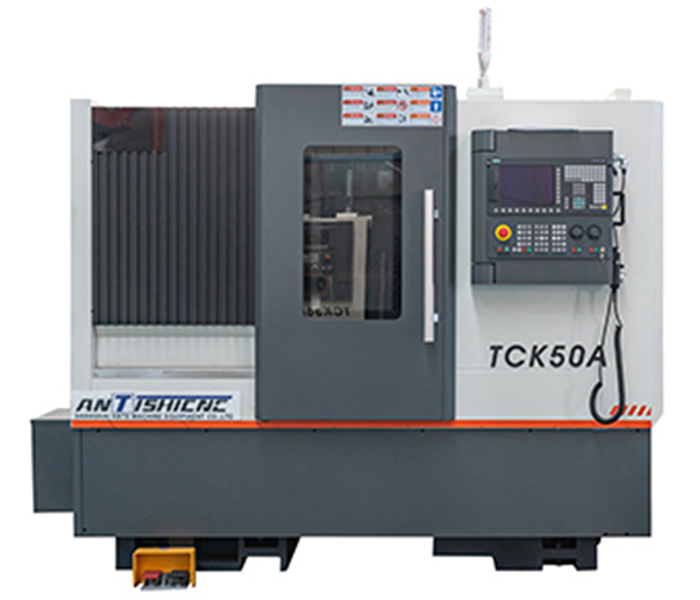In mechanical processing, the main task of CNC lathe processing process design is to select lathes, fixtures, tools and measuring tools for each process, determine the positioning and clamping scheme, feed route and process step sequence, processing allowance, process size and its tolerance, cutting amount and labor quota, etc., to prepare for the preparation of processing procedures. The entire processing process should be divided into rough processing stage, semi-finishing stage and finishing stage (some parts with high precision and high surface roughness requirements also have a finishing stage). Dividing the processing stages can make full use of the processing performance of the machine tool and improve productivity. It can also detect quality defects of the workpiece blank early and prevent the waste of raw materials and labor time.
Determination of the process flow of CNC lathe processing parts
In CNC lathe turning processing, the CNC turning processing method and processing plan of the part surface are generally determined according to the processing accuracy, surface roughness, material, structural shape, size and production type of the part.
(1) Determination of the processing plan for turning the external rotating surface and end face of the CNC lathe
① For common metals other than hardened steel with a machining accuracy of IT7~IT8 and Ra0.8~1.6μm, ordinary CNC lathes can be used for rough turning, semi-finishing turning and finishing.
② For common metals other than hardened steel with a machining accuracy of IT5~IT6 and Ra0.2~0.63μm, precision CNC lathes can be used for rough turning, semi-finishing turning, finishing and fine turning.
③ For common metals other than hardened steel with a machining accuracy higher than IT5 and Ra<0.08μm, high-end precision CNC lathes can be used for rough turning, semi-finishing turning, finishing and precision turning.
④ For hard-to-turn materials such as hardened steel, rough turning and semi-finishing turning can be used before quenching, and grinding can be arranged after quenching.
(2) Determination of the machining plan for turning the internal rotating surface of a CNC lathe
① For common metals other than hardened steel with machining accuracy of IT8~IT9 and Ra1.6~3.2μm, ordinary CNC lathes can be used for rough turning, semi-finishing turning and finishing.
② For common metals other than hardened steel with machining accuracy of IT6~IT7 and Ra0.2~0.63μm, precision CNC lathes can be used for rough turning, semi-finishing turning, finishing and fine turning.
③ For common metals other than hardened steel with machining accuracy of IT5 and Ra<0.2μm, high-end precision CNC lathes can be used for rough turning, semi-finishing turning, finishing and precision turning.
④ For hard-to-turn materials such as hardened steel, rough turning and semi-finishing turning can be used before quenching, and grinding can be arranged after quenching.
Recommended hot-selling CNC lathes:

235LANCEN High Turning-speed Slant-bed CNC Lathe
|

TCK36A TCK46A TCK50A TCK56A TCK66A High Accuracy Auto Slant Bed CNC Lathe |


